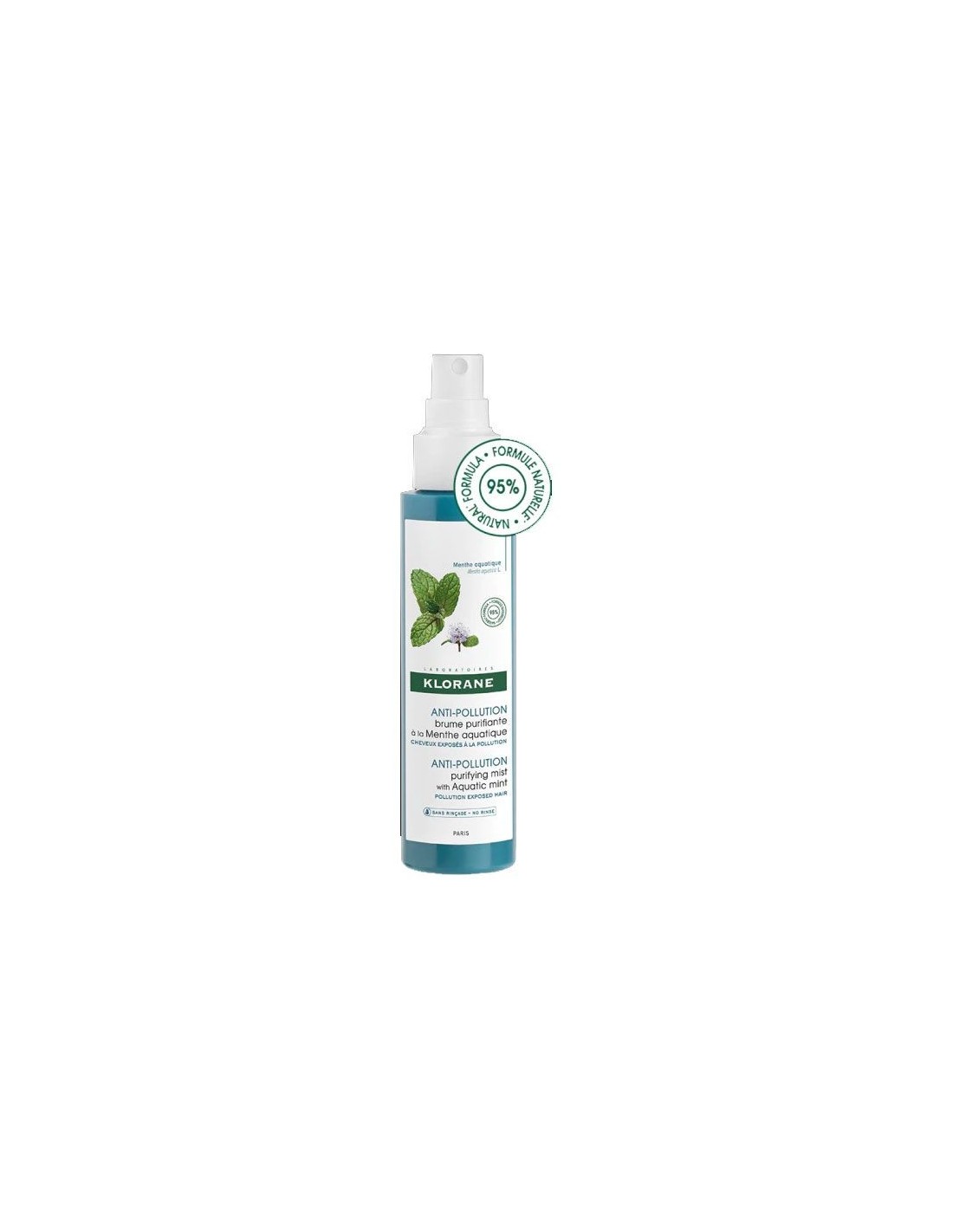
Raster masks are passed up the pixelpipe after module processing – they can only be used by modules that come later in the pipe than the generating module. As soon as you disable a module, its mask is no longer available for use. Raster masks cannot be generated by disabled modules since they do not participate in pixelpipe processing. Once a module’s processing is complete its mask then becomes available to subsequent modules in the pixelpipe. Note: Raster masks are generated as part of a module’s internal processing. Raster masks can be identified by the name of the module against which they were originally generated. You can choose a raster mask from the combobox. For each value between 0 and 1.0 the module’s effect is applied proportionally at that location. It does, however, put the mask symbol up in the color balance instance's name bar, and when I hover over it, it says 'This module has a 'drawn mask.'. I try to draw it using the brush or by creating a shape, even using an oval, and nothing shows up.
DARKTABLE MASK PLUS UNIFORMLY FULL
If the opacity is 1.0 the module has its full effect. However, when I click the drawn mask option in my new color balance instance, nothing happens. This raster image is stored internally for active modules and can be subsequently reused by other modules in the pixelpipe.Īs with any mask, if the opacity value for a pixel in a raster mask is zero the module’s input passed through the module unchanged. This means that you should decide beforehand how you want to construct your mask.As described in the previous sections, the final output of a module’s mask (the combined effect of any drawn and parameteric masks) is a grayscale raster image representing the extent to which the module’s effect should be applied to each pixel. You now adjust the parametric mask sliders to exclude parts of your image as needed or directly draw shapes on the canvas to exclude those areas.įor your convenience the parametric masks GUI provides a toggle button that inverts all channel polarities and toggles between inclusive and exclusive mode in the “combine masks” combobox.įor novice users it is recommended that you stick to the above two use cases. Your starting point is a mask with all values at 1.0 (all pixels are selected). exclusive mode In the opposite case you set the “combine masks” combobox to exclusive mode and make sure that all polarity buttons are set to positive (+). You now adjust the parametric mask sliders to bring more and more pixels into the selection or you draw shapes on the canvas to select specific areas of your image. Your starting point is a mask where all pixels have a value of zero (no pixel is selected). 🔗typical use cases inclusive mode For this mode you set the “combine masks” combobox to inclusive mode and make sure that all polarity buttons of all the individual channels and of the drawn mask are set to negative (-). Each of these options is equivalent to the exclusive and inclusive modes, respectively, but with a final step that inverts the resulting mask. Toggling the polarity button of a mask inverts its values (subtracts the original value from 1.0).įinally within the “combine masks” combobox you may select the exclusive & inverted or inclusive & inverted options. This is governed by the polarity buttons that you find close to the individual channels. We gain maximum flexibility by allowing an additional inversion step for each individual mask. exclusive and inclusive inverted modes Using the above combination methods alone would still be rather limiting. Once a pixel is fully included by a mask (its value is 1.0) there is no way for another mask to exclude it again.

inclusive Inclusive mode first inverts each individual mask (subtracts its value from 1.0), multiplies the inverted masks together, and finally inverts the combined mask once again.įor a given pixel, the final mask will have a value of 1.0 if any of the individual masks are 1.0 at that location and it will only have a value of 0 if all masks have a value of 0 at that location.Īny individual mask can include a pixel by setting its value to 1.0, regardless of what the other masks do.

Once a pixel is excluded by a mask there is no way for another mask to include it again. The “combine masks” combobox contains the following options, defining how the drawn and parametric masks will be combined: exclusive A straightforward method of combining masks, exclusive mode multiplies together the individual pixel values from each of the component masks.įor a given pixel, the final mask will have value of 0 if any of the individual masks are 0 at that location and it will only have a value of 1.0 if all masks have a value of 1.0 at that location.Īny individual mask can exclude a pixel by setting its value to 0, regardless of what the other masks do. There are two main elements which control how individual masks are combined: the polarity setting of each individual mask (defined by the plus or minus buttons) and the setting in the “combine masks” combobox.


Drawn and parametric masks can be used in combination to form a single mask that can be applied to a module.


 0 kommentar(er)
0 kommentar(er)
